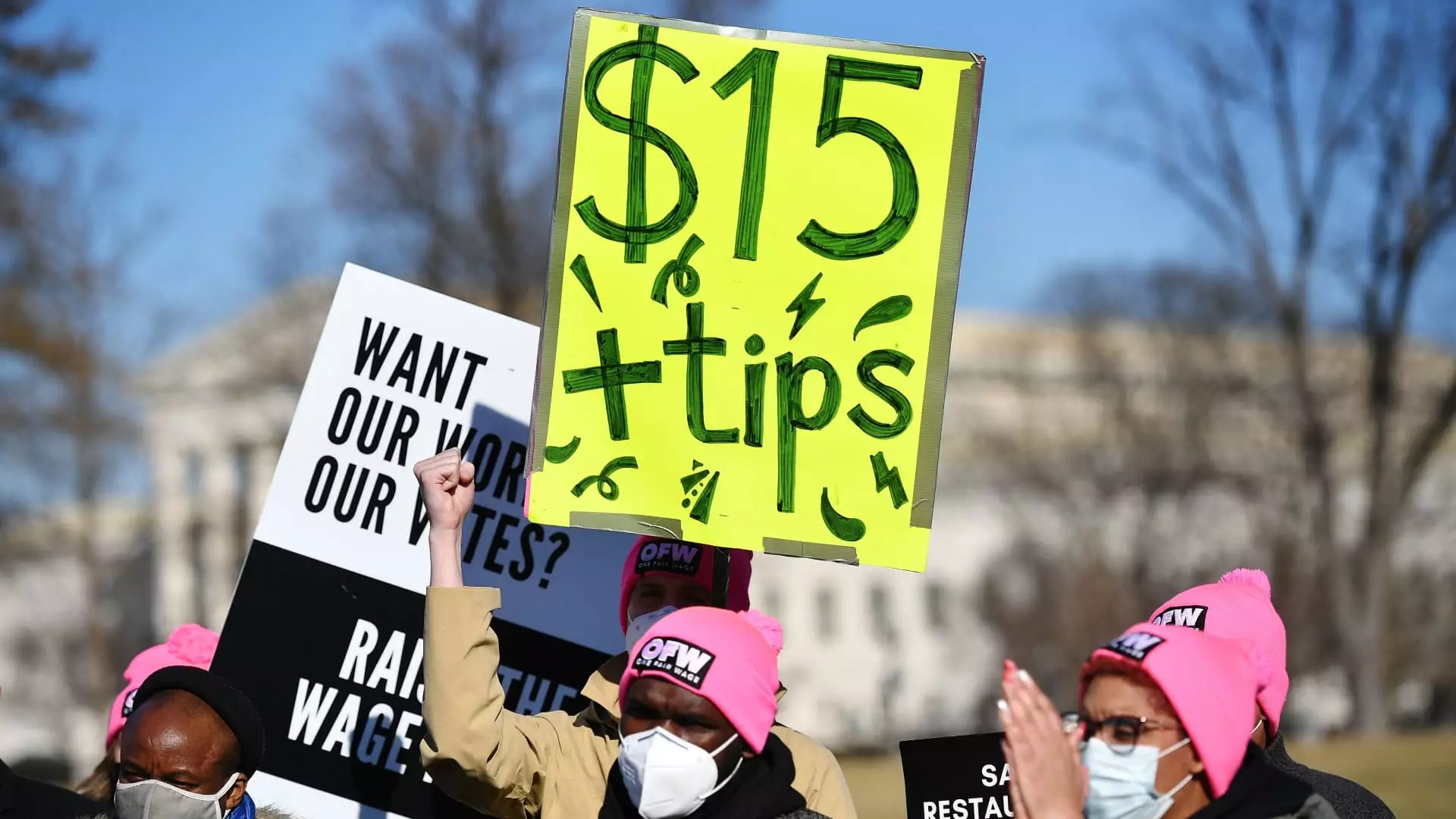The federal minimum wage has remained stagnant at $7.25 per hour for the past 15 years, leaving many workers struggling to make ends meet. Despite efforts by some states to enact higher minimum hourly pay rates, there are still 20 states where the minimum wage is no higher than the federal level. This lack of progress in increasing the minimum wage has created a challenging environment for low-wage workers across the country.
Democratic presidential nominee Kamala Harris has made it clear that she believes the minimum wage should be raised to support working families in America. While no specific amount has been mentioned, Harris has shown support for states that have raised their minimum wage to at least $15 per hour. The recent failure by Congressional Democrats to raise the federal minimum wage to $15 per hour as part of a Covid relief package highlights the challenges in achieving this goal.
Former President Donald Trump raised concerns about the potential impact on small businesses if the federal minimum wage is increased. He argued that forcing wages could lead to businesses firing employees in order to cope with the added costs. A CNBC survey revealed that while a majority of small business owners support raising the minimum wage, many believe it could make it difficult to afford paying critical workers.
One important aspect that often gets overlooked in the minimum wage debate is the connection between higher wages and increased consumer buying power. Advocates argue that when workers earn higher wages, they are more likely to spend that money, ultimately benefiting businesses. Holly Sklar, CEO of Business for a Fair Minimum Wage, emphasizes the importance of maintaining minimum wage buying power to sustain customer buying power.
Ben Zipperer, a senior economist at the Economic Policy Institute, points out that the stagnant federal minimum wage has resulted in a significant loss of purchasing power over the years. Updating the minimum wage to $15 per hour could potentially lift the incomes of about 20 million workers, providing them with much-needed economic security. Zipperer also highlights that higher wages can make it easier for businesses to recruit and retain workers, ultimately boosting employee satisfaction and productivity.
While some companies like Target and Walmart have voluntarily increased their minimum pay thresholds in response to market conditions, advocates are calling for a broader national change. The hope is to see an increase in the federal minimum wage to ensure that all workers, regardless of their employer, are fairly compensated for their work. Holly Sklar expresses optimism for future efforts in raising the minimum wage, citing a strong business case for such a change.
The stagnant federal minimum wage has had a significant impact on American workers, particularly those earning low wages. While there are ongoing efforts to raise the minimum wage at both the state and federal levels, challenges remain in reaching a consensus. The debate over the minimum wage extends beyond just wages, encompassing considerations for small businesses, consumer buying power, and overall economic prosperity. It is crucial for policymakers and businesses to work together to find a balanced solution that supports both workers and the economy as a whole.

